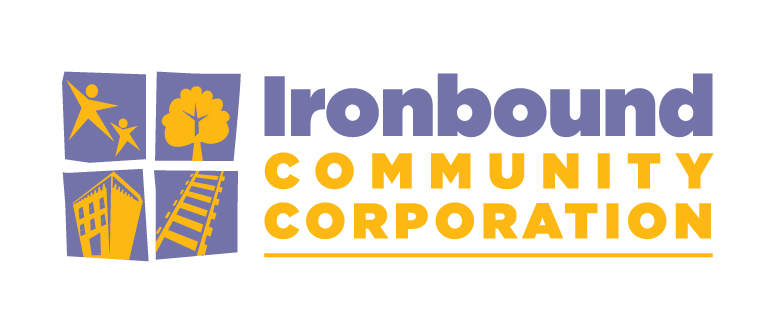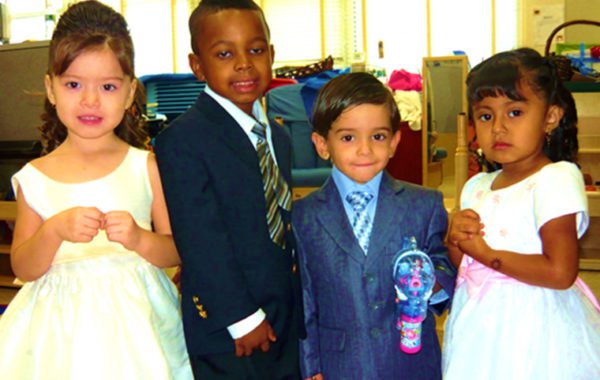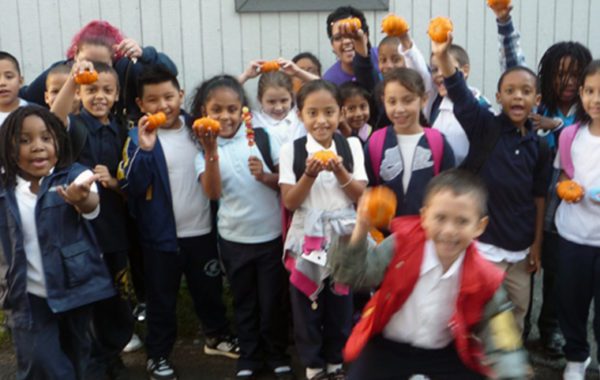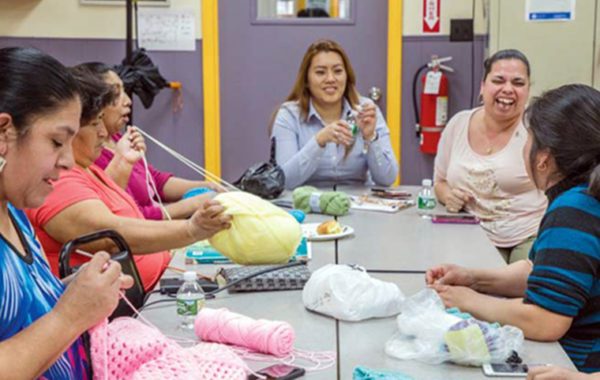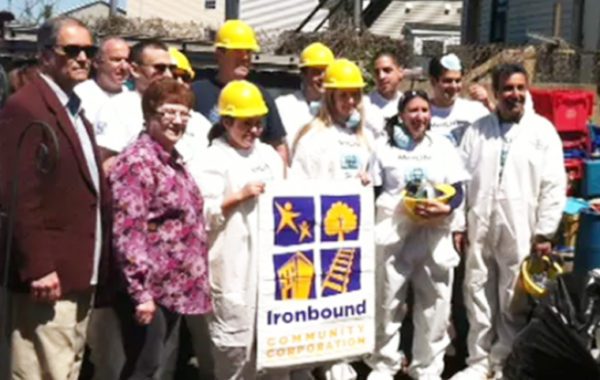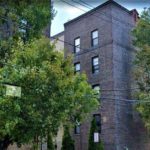Our Community
A multi-ethnic, largely working-class neighborhood of 50,000 in Newark, New Jersey.
The Ironbound, also referred to as “Down Neck,” is a multi-ethnic, largely working class neighborhood of 50,000 in Newark, New Jersey. Historically it has been a mosaic of peoples from countries around the world who arrive in the community with aspirations for a better life for themselves and their children.
German, Lithuanian, Italian and Polish immigrants settled in Ironbound in the 19th century. In the early 20th century, Black Americans arrived during the famed Great Migration from the Jim Crow era South, along with large numbers of Portuguese and Spanish immigrants. In the latter half of the 20th century immigrants from Central and South America, attracted by the Iberian flavor and multilingual nature of Ironbound, joined the community. These successive waves of migration and immigration all contributed to the richness of Ironbound’s cultural diversity. Immigration to Ironbound continues to the present, and now two out of three Ironbound residents have come to the U.S. as immigrants. Three languages – Spanish, Portuguese, and English – can be heard throughout the community.
The Ironbound composes most of Newark’s East Ward City Council district, covering four square miles. Its residential community, with Ferry Street as its spine, is interspersed with commerce, covering roughly a third of the neighborhood. The surrounding industrial area includes trucking, chemical and waste businesses. The name, “Ironbound,” is derived from the many forges and foundries and railroads that once encircled it. It is bound by Penn Station and the Amtrak line on the west; the Passaic River – the nation’s longest Superfund site – on the north; US Routes 1 and 9, the NJ Turnpike, and Port Newark on the east; and US Highway 78 and Newark Airport on the south. The Ironbound is an economic engine within Newark driving 40% of its economy and contributing to 33% of its tax base. Today local factories, warehouses and industrial properties continue to operate alongside one-, two- and three-family homes and public housing complexes.
And, of course, the Ironbound is well known for great restaurants, and its soccer clubs and cultural festivals are great sources of community pride. Ironbound continues to be a desirable community to live in, invest in, and visit.
Nonetheless, this hardworking and aspiring community is not without its challenges:
In addition, while Ironbound’s industry has been a force in the local and regional economy, it has also caused significant environmental degradation. The inordinate amount of air pollution and land contamination impacts public health and quality of life, leading the US Environmental Protection Agency to classify Ironbound as an “Environmental Justice Community.” The sources of these harmful effects on the people of Ironbound are varied; but include:
In recent years, the issue of gentrification and displacement of residents has caused considerable anxiety in the community and is already affecting some residents. New development projects with significant increases in height and density – above and beyond the Ironbound Master Plan and zoning ordinances – have been routinely approved by Newark’s planning and zoning boards: An entire nine-block area around Penn Station has been rezoned for larger scale construction, causing a community outcry and heightened fears of unchecked gentrification and the displacement of longtime residents. Amid the recent real estate boom, the most vulnerable – recent immigrants, non-English speaking, and the poor – have been prime targets of unscrupulous landlords attempting to illegally raise rent or evict tenants.
The Ironbound, like the rest of Newark and our sister neighborhoods, remains a great community despite its many challenges. Ironbound Community Corporation, along with other organizations and neighborhood civic, cultural, athletic, and religious groups, continues to work to build a healthier and stronger community with increased opportunity for the the Ironbound community and all of greater Newark.
